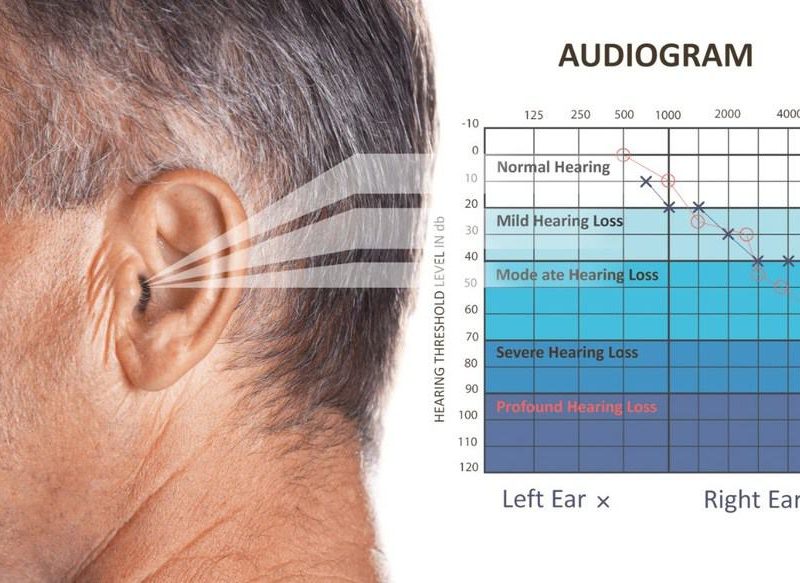
Hearing loss is increasingly common in modern society. Whether due to long-term noise exposure, aging, or sudden deafness, hearing loss can impact quality of life. Many people ask, “At what level of hearing loss does a hearing aid warrant one?” This article will provide a detailed explanation of the different levels of hearing loss and help distributors, audiology centers, and end users determine when to recommend hearing aids.
What are the levels of hearing loss?
Levels of hearing loss are determined based on a patient’s response to sounds at different decibel levels (dB HL) during an audiometry test. Common levels include:
-
Mild hearing loss: 26–40 dB HL. This condition can make it difficult to hear quiet conversations or sounds in background noise.
-
Moderate hearing loss: 41–55 dB HL. Normal conversations are difficult and require increased volume to be heard.
-
Moderately severe hearing loss: 56–70 dB HL. Most speech is difficult to understand, and communication is severely hampered without hearing aids.
-
Severe hearing loss: 71–90 dB HL. Only very loud sounds, such as horns or shouting, are audible.
-
Profound hearing loss: Greater than 90 dB HL. Almost no sound is heard. More powerful hearing aids or even cochlear implants are usually required.
When is hearing aid use necessary?
Generally speaking, hearing aids are strongly recommended when a hearing test indicates moderate or above hearing loss. The reasons are as follows:
Maintaining active auditory pathways in the brain
Prolonged deafness can lead to degeneration of the brain’s auditory center. Early intervention can slow further hearing loss.
Improving quality of life
Whether it’s work or daily social interactions, moderate or higher levels of hearing loss can lead to communication difficulties, anxiety, and loneliness. Hearing aids can help restore communication skills.
Reducing safety hazards
Not being able to hear doorbells, car horns, or fire alarms can pose a safety risk. Promptly wearing hearing aids can reduce this risk.
How to choose the right hearing aid
Once you’ve determined your hearing loss level, you need to choose the right hearing aid based on the following factors:
-
Power matching: The hearing aid’s amplification should be appropriate for the patient’s hearing curve.
-
Wearing comfort: Prolonged wearing should not cause pain or pressure.
-
Functional requirements: Whether you need noise cancellation, Bluetooth, or rechargeable features.
-
Budget and after-sales service: There are many hearing aid options at different price points and brands, and after-sales service is also crucial.
Wholesale Recommendations for Distributors and Hearing Centers
For B2B customers purchasing in bulk, you can pre-stock products based on the hearing loss distribution of your customer base (levels of hearing loss statistics) and select products with different power levels and wearing styles to meet varying needs, from mild to severe. You may also request:
-
Sample testing
-
Confirmation of lead times and inventory
-
Verification of product compliance with international standards such as CE, FDA, and ISO
-
Customization of appearance, packaging, and logos is available.
ELHearing: A Trusted Hearing Aid Manufacturer
ELHearing is a professional hearing aid manufacturer, providing high-quality products and solutions to hearing centers, distributors, and OEM customers worldwide.
Our Advantages:
-
Complete Model Range: Covering a wide range of hearing loss levels, from mild to profound.
-
Customization: OEM/ODM services are available for case colors, logos, and packaging.
-
Strict Quality Inspection: Ensures that every hearing aid meets sound quality and durability standards.
-
Fast Delivery: Supports both small trial orders and large-volume orders.
-
International Certifications: Our products comply with CE, FDA, and ISO standards, making them easy to export.
Whether you’re a hearing center, medical device distributor, or cross-border e-commerce seller, ELHearing can help you quickly find hearing aids that meet the level of hearing loss of your target audience, thereby boosting customer satisfaction.
